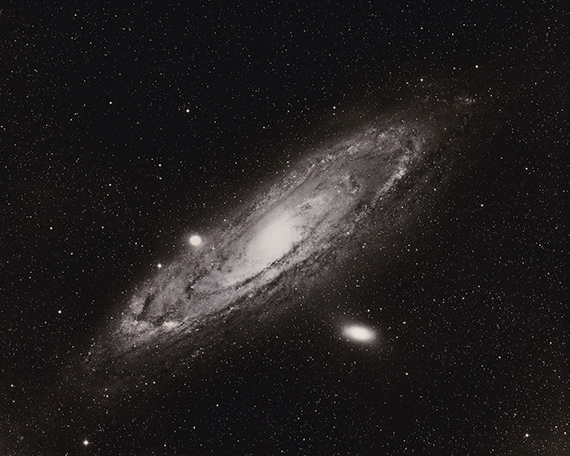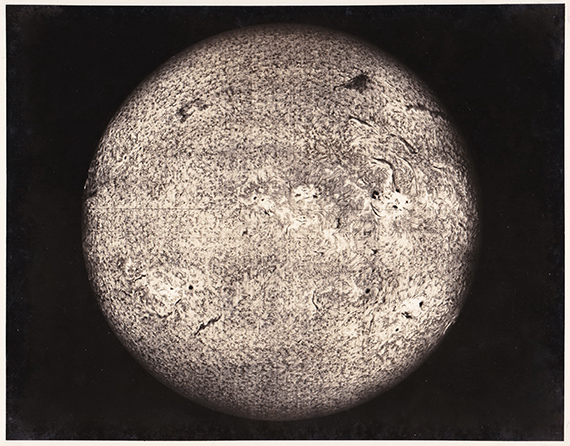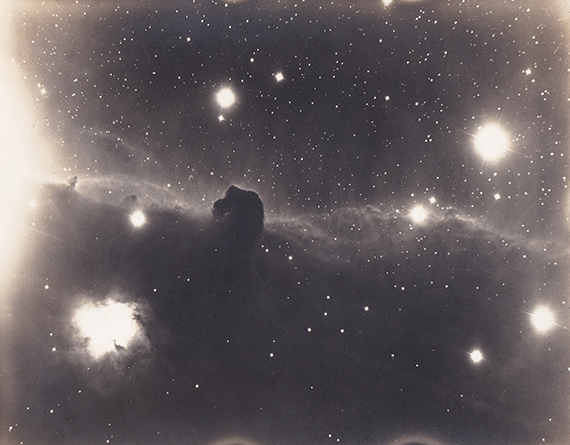
Deep Space & Celestial Objects
Chapter 2
Exhibition: 1 May – 21 Jun 2025

Galerie David Guiraud
5, rue du Perche
75003 Paris
+33 01-42717862
dgphotographies@orange.fr
www.galerie-david-guiraud.com
Tue-Sat 14:30-19
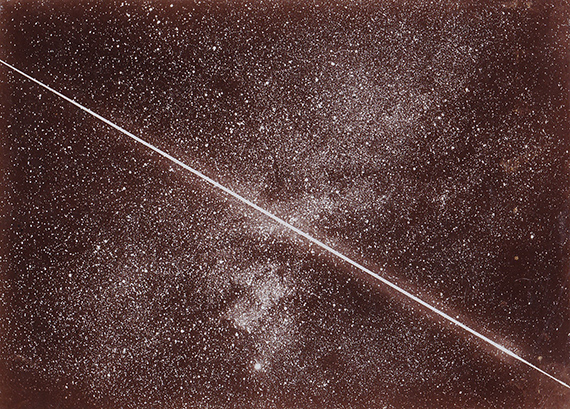
Deep Space & Celestial Objects
Chapter 2
Until June 21, 2025
The David Guiraud Gallery is pleased to present a second exhibition on the theme of deep space — that is, of the nebulae and galaxies in our universe photographed from Earth. This achievement is only possible through observatories and their telescopes. It is not the human eye that gazes at the sky through the giant lens, but rather light, traveling from the farthest reaches of the universe, imprinting itself on the silver gelatin of photographic paper to reveal what was once invisible to the human eye.
The exhibition runs until June 21, 2025, at 5 rue du Perche in the Marais, from Tuesday to Saturday, 2:30 p.m. to 7 p.m.
This exhibition brings together around forty vintage photographic prints, taken between 1880 and 1930, from major observatories such as Meudon in France or Mount Wilson and Palomar in the United States. Each image is a fragment of the sky, captured with patience and brilliance, using massive telescopes and sensitive plates. These photographs are much more than scientific documents: they are the first works of astronomical art — testimonies of a time when science merged with cosmic contemplation.
• Photography and Astronomy at the Turn of the 20th Century: An Extended and Perfected Eye
Unlike direct visual observation, photography allows for the accumulation of light over long periods (long exposures), making it possible to reveal extremely faint or diffuse objects such as galaxies (then called "spiral nebulae") and nebulae — once blurry, elusive, and largely mysterious. Where the human eye is limited in sensitivity, the photographic plate continues to receive light and reveals unsuspected details. Thanks to photography, the deep universe becomes visible and transforms into a subject of study and analysis.
Starting in the 1880s, astrophotographers began systematically capturing nebulous objects, revealing complex internal structures (spiral arms, filaments, dark zones) previously invisible. The Andromeda Galaxy, for instance, became a privileged subject of study. This type of photography led astronomers to ask new questions about the nature of these objects: are they located within our own Milky Way, or are they island universes, independent and unimaginably distant?
At a time when the sky was still observed with the naked eye, a few pioneers dared to fix the stars onto glass. From the late 19th to the early 20th century, photography transformed astronomy. For the first time, it allowed us to see the invisible: distant galaxies, mysterious nebulae, solar details, or lunar craters appeared as never before.
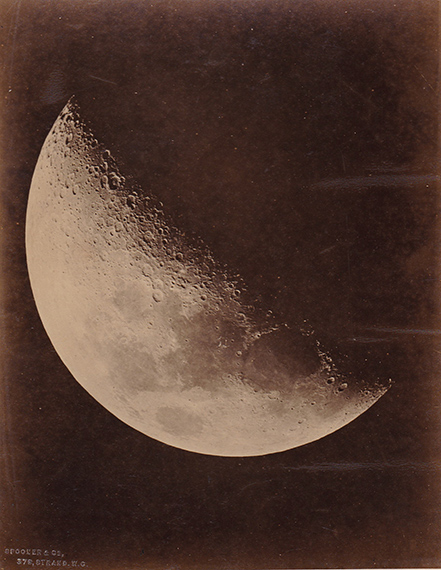
The Golden Age of Great American Observatories
At the turn of the 20th century, the United States heavily invested in observatories equipped with powerful telescopes and highly efficient photographic equipment.
• Yerkes Observatory (1897), in Illinois, housed the world’s largest refracting telescope (1 meter in diameter). It became an important center for planetary and stellar astrophotography.
• Mount Wilson Observatory (California, opened in 1904) marked a turning point. Thanks to the 2.5-meter Hooker telescope, Edwin Hubble took photographs in the 1920s that led to two major discoveries: first, that some nebulae are galaxies outside the Milky Way; and second, that the universe is expanding, based on the redshift observed in the photographed spectra.
• Mount Palomar Observatory, inaugurated in 1948 with the 5-meter Hale telescope, continued this legacy. Though at the end of the period covered (1948), it represents the pinnacle of silver-based astronomical photography, just before the electronic era. Its exceptionally detailed images opened a new era in galactic and extragalactic exploration.
Between 1880 and 1950, photography transformed astronomy from a science of visual observation into one of rigorous and measurable analysis. From pioneers like Janssen or the Henry brothers, to the great observatories of Yerkes, Mount Wilson, and Palomar, this period saw the birth of a new way of looking at the sky: more precise, deeper, and most importantly, reproducible. This shift in scale brought forth a new science — astrophysics — and a new perception of the cosmos, where the universe was no longer static but in constant evolution. Through photography, the universe became legible, measurable — and infinitely vaster than ever imagined.
